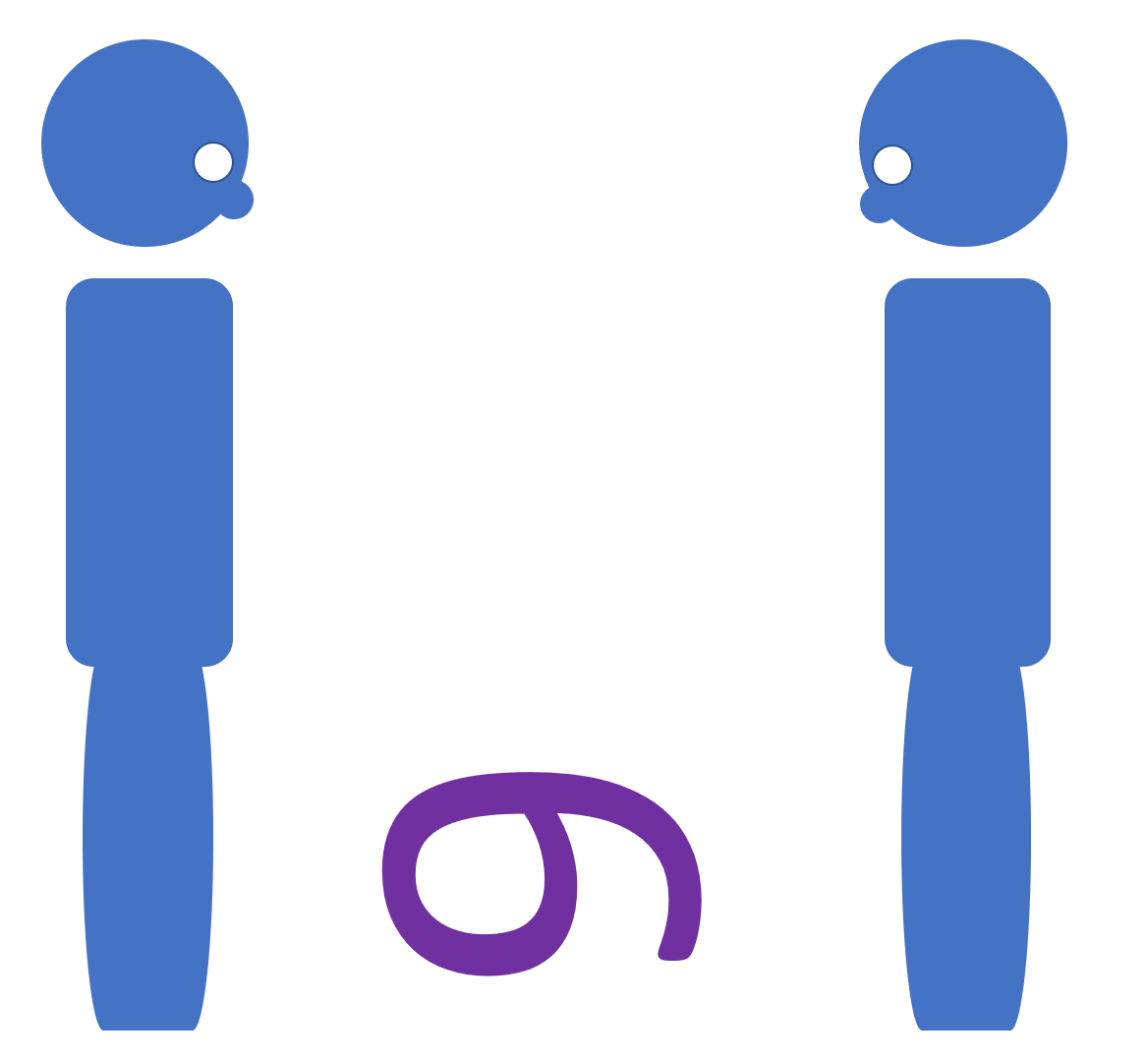The term Design Thinking can be intimidating. You’ve probably heard it used in lofty, high level terms times by highly creative people. But Design Thinking isn’t just for creative people building innovative new products. It’s an extremely relatable way of approaching the marketing research process. And as you’ll soon see, it even feels like market research.
 In essence, Design Thinking is an iterative, human centered, empathetic way of solving problems. It seeks new and innovative ways of thinking by putting people first.
In essence, Design Thinking is an iterative, human centered, empathetic way of solving problems. It seeks new and innovative ways of thinking by putting people first.
Since we’re researchers, we can think of it as a way of solving consumer problems by doing the necessary background work to understand the mysteries of people, their biases, their needs so that we can build research processes that are more meaningful and workable for them. It’s looking at things from a brand new perspective.
There are various models of Design Thinking so you may come across frameworks that use 3 or 5 steps. Regardless of how the components are combined or split apart, the frameworks evolved from the original 1960s idea by Nobel Prize laureate Herbert Simon. Given that the framework is intended to be iterative, this ordering is not necessarily sequential. At any point, you might move backwards, forwards, or pass over certain steps.
- Define: What is the key problem to solve? Who are you trying to solve the problem for? What barriers are people encountering? What improvements do people really need? What does success look like from a person’s point of view?
- Research: What do we already know about the problem from the perspective of the consumer? What do we already know about how other people have tried to solve the problem? Do we really understand the human user?
- Ideate: Holding all judgement aside and no matter how bizarre or unworkable they are, how many potential solutions to the problem can you create? At this point, getting lots of people working creatively together to generate quantity over quality is the goal. Make sure to include all types of people – consumers and non-consumers, managers and executives, IT professionals and human resource specialists. And use as many techniques as you can – reverse thinking, worst case scenario thinking, mind mapping, the five whys, starbursting – to come up with all types of solutions.
- Prototype: Based on the ideation, how can we take the best ideas, in part or in whole, to create prototypes of potential solutions? These prototypes aren’t necessarily working prototypes but rather storyboards, maps, or simulations. Break them down and build them up and break them down again until you’ve got a few good prototypes.
- Choose: Which prototypes are feasible or viable solutions? How do key stakeholders view the prototypes? Which prototypes have the best opportunity or chance of being successful solutions? Which protypes would solve people’s problems?
- Implement: Don’t wait. Act! Put a prototype into action for a set period of time and see what happens. Watch when different components of different prototypes are adjusted. Whether it’s the first test or the 5th iteration, what are the constraints and flaws of each prototypes once put into service? How do people react to each iteration?
- Learn: Based on the tested prototypes, which solutions worked best? How do users feel using the prototypes? Does seeing a prototype in play change how people view the solution? What are the strengths and weaknesses of the prototype solutions?
Sounds familiar, doesn’t it!
 One of the main goals of Design Thinking is to cast aside the innate and learned cognitive biases that force us to think and act in standardized ways every time we encounter an idea or a problem. While those biases are extremely helpful in our daily lives (e.g., That’s a squirrel, give it a peanut! That’s a lion, scream for help!), they don’t always help us do the best job we possibly can when we’re confronted with a new situation or problem (E.g., That’s a… pika… now what?).
One of the main goals of Design Thinking is to cast aside the innate and learned cognitive biases that force us to think and act in standardized ways every time we encounter an idea or a problem. While those biases are extremely helpful in our daily lives (e.g., That’s a squirrel, give it a peanut! That’s a lion, scream for help!), they don’t always help us do the best job we possibly can when we’re confronted with a new situation or problem (E.g., That’s a… pika… now what?).
Design Thinking helps us to put aside those biases and, as the saying goes, think outside the box. Because maybe that squirrel has bitten six people and that lion is just a stuffed toy.
Typically, Design Thinking relates to the development of new products and, in particular, how consumers interact with new products. But Design Thinking is just as relevant to market research processes. For example, we could use Design Thinking to improve data collection tools such as questionnaires and interview discussion guides. We could cast aside our personal biases and assumptions and use more empathy when we are in the questionnaire design phase of research.
For instance: How will people perceive the questions we’ve created? How they will feel emotionally about a questionnaire. How do people really feel about and react to:
- Single-select questions?
- Open-ended questions?
- 25-minute questionnaires?
When we bring empathy and no-holds-barred ideation to the data collection process, we end up with research that does these things instead:
- Split 25-minute questionnaires into 2 or 3 shorter questions.
- Ask demographic questions as open ended questions.
- Switch from open-ended responses to video responses.
- Run virtual shelf-tests across the country instead of life tests in one city.
 Our market research processes have been fairly stable for a long time. We’ve standardized processes for questionnaires, telephone interviews, focus groups, mall intercepts, and every other traditional methodology. Design Thinking is great inspiration to take a fresh look at each of those methodologies. Bring on the ideation, the innovation, the fresh perspective, the multiple iterations of prototypes, and see what new amazing solutions we can come up with.
Our market research processes have been fairly stable for a long time. We’ve standardized processes for questionnaires, telephone interviews, focus groups, mall intercepts, and every other traditional methodology. Design Thinking is great inspiration to take a fresh look at each of those methodologies. Bring on the ideation, the innovation, the fresh perspective, the multiple iterations of prototypes, and see what new amazing solutions we can come up with.
Thank you Design Thinking!
You might like to read these:
- What if everything you’re doing to design a marketing research study is wrong?
- Conducting research is easy… if you understand hundreds of cognitive biases!
- Advantages of Qualitative Research: System 1, Serendipity, and a Bird in the Hand

With nearly 40 years of experience, Canadian Viewpoint is a field and data collection company that specializes in English and French offline and online services. We offer sample, programming>, hosting, mall intercepts, pre-recruits, central location recruitment, mystery shopping, site interviews, IHUTs, sensory testing, discussion boards, CATI, facial coding, and other innovative technologies. Learn more about our services on our website. Canadian Viewpoint is a founding board member of CRIC (Canadian Research Insights Council) and named on both the 2019 GRIT Top 50 list of Emerging Players and Women in Research shortlist for Best Places to Work.
Follow us on Twitter or Linkedin, or sign up for our newsletter.




